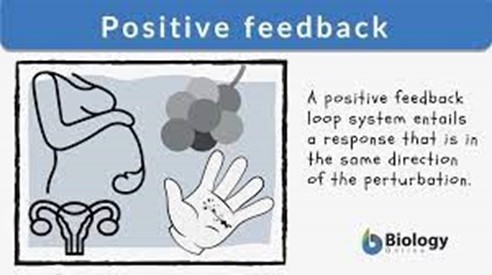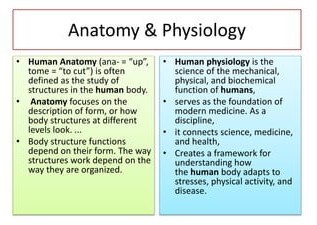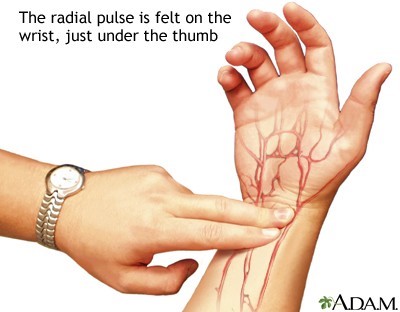Positive feedback mechanisms:
Usually produce stable conditions.
Cause long-term changes.
Move conditions away from the normal state.
Bring conditions back to the normal state.
The Correct Answer is C
Positive feedback mechanisms move conditions away from the normal state.

They amplify the original action and produce more of the same effect.
For example, blood clotting and childbirth are positive feedback mechanisms.
Choice A is wrong because positive feedback mechanisms usually produce unstable conditions.
They do not resist change but rather enhance it.
Choice B is wrong because positive feedback mechanisms do not cause long-term changes.
They are ultimately stopped by negative feedback loops once the process they were used for is complete.
Choice D is wrong because positive feedback mechanisms do not bring conditions back to the normal state.
That is the role of negative feedback mechanisms, which oppose the stimulus and restore homeostasis.
Nursing Test Bank
Naxlex Comprehensive Predictor Exams
Related Questions
Correct Answer is A
Explanation

This is because anatomy and physiology are closely related branches of biology that study the structure and function of living organisms respectively.
Anatomy describes the shape, size, location, and relationships of body parts, while physiology explains how those parts work together to maintain life.
For example, the anatomy of the heart determines how it pumps blood, and the anatomy of the lungs determines how they exchange gases.
Choice B is wrong because our understanding of both anatomy and physiology is constantly changing as new discoveries are made in the field of biology.
Choice C is wrong because body parts take up space regardless of their physiological functions.
Choice D is wrong because physiological functions are not limited to an organism, but can also occur at the cellular, tissue, organ, and system levels.
Correct Answer is A
Explanation

The radial artery is one of the major blood-supplying vessels to the forearm and hand.
It can be felt as a pulse near the thumb on the wrist by gently pressing the artery against the underlying bone.
This is the most commonly measured pulse by nurses to assess peripheral pulse characteristics.
Choice B.
Palmar arch arteries are wrong because these are branches of the radial and ulnar arteries that form anastomosis in the palm of the hand.
They are not palpable on the wrist.
Choice C.
The brachial artery is wrong because this is the main artery of the upper arm that bifurcates into the radial and ulnar arteries at the cubital fossa.
It can be felt as a pulse in the antecubital fossa, not near the thumb on the wrist.
Choice D
The Ulnar artery is wrong because this is another major blood-supplying vessel to the forearm and hand that runs along the medial aspect of the forearm.
It can be felt as a pulse on the little finger side of the wrist, not near the thumb.
Whether you are a student looking to ace your exams or a practicing nurse seeking to enhance your expertise , our nursing education contents will empower you with the confidence and competence to make a difference in the lives of patients and become a respected leader in the healthcare field.
Visit Naxlex, invest in your future and unlock endless possibilities with our unparalleled nursing education contents today
Report Wrong Answer on the Current Question
Do you disagree with the answer? If yes, what is your expected answer? Explain.
Kindly be descriptive with the issue you are facing.
